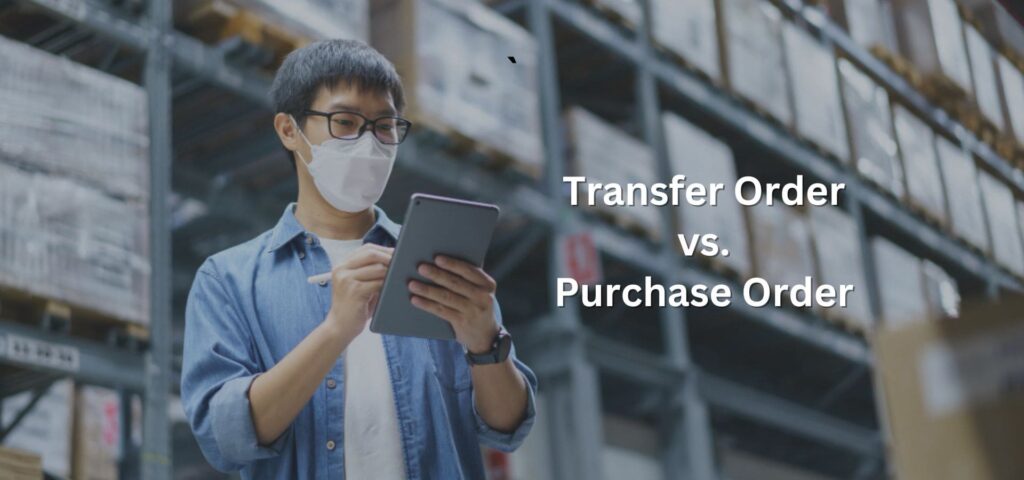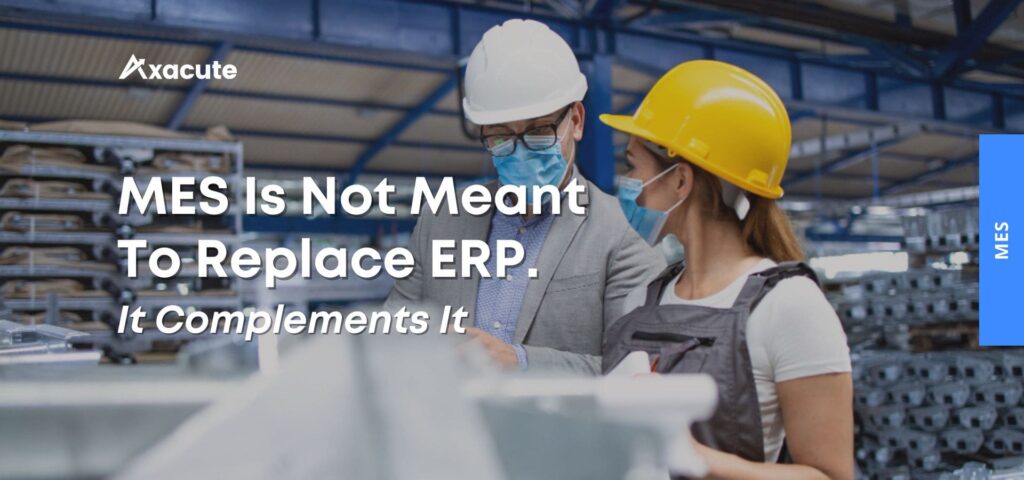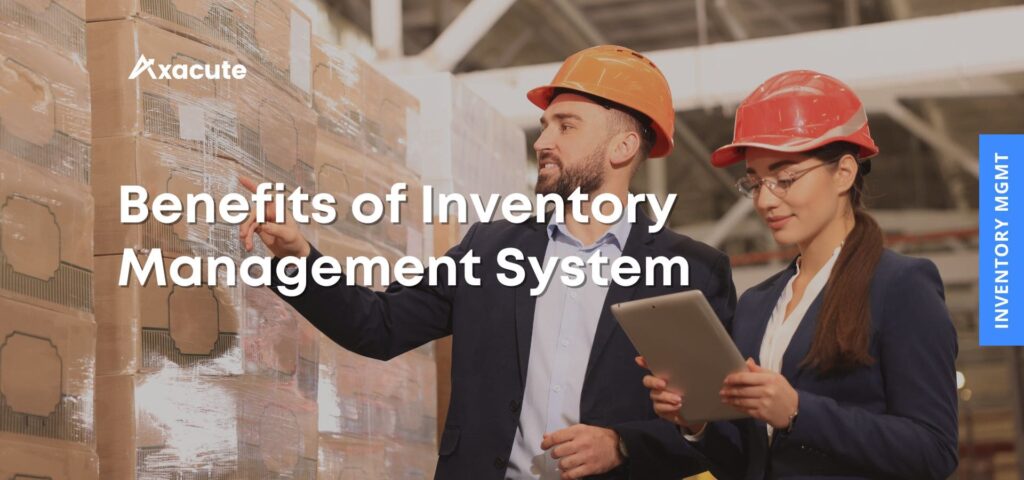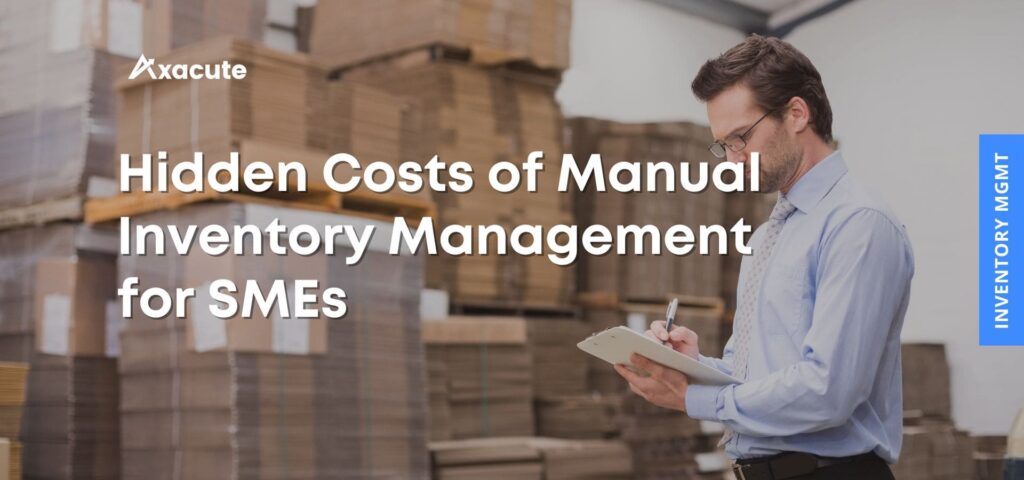Transfer Orders vs. Purchase Orders: Understanding the Differences

Image by Freepik
In the intricate world of business transactions, understanding the nuances between transfer orders and purchase orders is vital for seamless operations.
These two terms often surface in discussions related to logistics, procurement, and overall supply chain management. This article aims to unravel the complexities surrounding transfer orders and purchase orders, shedding light on their unique roles and significance.
Transfer Orders: A Deep Dive
Transfer orders are internal documents within a company that facilitate the movement of goods or materials between different locations or departments.
Imagine a retail company with multiple outlets; transfer orders play a crucial role in ensuring the right products reach the right shelves at the right time. They streamline internal processes, reduce surplus inventory, and enhance overall operational efficiency.
Suggested Read: The Role of Transfer Orders in a Warehouse
Purchase Orders: Unveiling the Basics
On the other side of the spectrum, purchase orders are external documents issued by a buyer to a seller, outlining the details of a transaction. This could include the quantity, price, and specifications of the products or services to be purchased.
Purchase orders are foundational in procurement and supply chain management, serving as legally binding agreements between the buyer and the seller.
Key Differences Between Transfer and Purchase Orders
Understanding the differences between transfer and purchase orders is paramount for effective business management. Transfer orders deal with internal movements, involving inventory within the same company.
In contrast, purchase orders are external agreements, involving transactions between a buyer and an external supplier. While transfer orders focus on streamlining internal processes, purchase orders are critical for managing relationships with external vendors.
When to Use Transfer Orders
Transfer orders are particularly beneficial in scenarios where a company needs to redistribute inventory internally. This could be due to variations in demand, restocking needs, or a desire to optimize the use of available resources.
The advantages of transfer orders include minimized stockouts, efficient space utilization, and improved overall logistics.
When to Opt for Purchase Orders
Purchase orders come into play when a company needs to procure goods or services from an external supplier. They are essential for establishing clear expectations between the buyer and the seller, helping to avoid misunderstandings and disputes.
The structured nature of purchase orders ensures a transparent and standardized procurement process.
Integration of Transfer and Purchase Orders
For comprehensive order management, many companies find success in integrating both transfer and purchase orders into their workflows. This integration enables a holistic approach, addressing internal and external transactional needs.
Seamless collaboration between different departments and external vendors becomes achievable, enhancing overall operational efficiency.
Navigating Legal and Regulatory Frameworks
Both transfer and purchase orders have legal implications that businesses must navigate carefully. Transfer orders, while internal, still need to comply with relevant regulations.
Purchase orders, being external agreements, often involve legal obligations and responsibilities for both parties. Adhering to legal and regulatory frameworks is essential for avoiding legal complications and ensuring smooth business operations.
Case Studies: Real-world Applications
Examining real-world applications provides insights into how successful businesses leverage transfer and purchase orders. Companies in retail, manufacturing, and distribution demonstrate the effectiveness of transfer orders in optimizing inventory management.
Simultaneously, industries reliant on external suppliers showcase the critical role purchase orders play in maintaining a steady supply chain.
The Technology Factor
In the contemporary business landscape, technology plays a pivotal role in managing transfer and purchase orders efficiently. Dedicated software solutions streamline the entire process, from order creation to fulfillment.
These tools enhance accuracy, reduce manual errors, and provide real-time visibility into the status of orders, contributing to overall operational excellence.
Common Challenges Faced
Despite their benefits, transfer and purchase orders come with their set of challenges. Processing transfer orders efficiently requires a robust internal logistics system, and any disruptions can lead to delays.
Purchase order workflows, on the other hand, may encounter issues such as supplier non-compliance, quality concerns, or delayed deliveries. Addressing these challenges demands a proactive and strategic approach.
Tips for Effective Order Management
Ensuring effective order management involves adopting best practices tailored to the specific needs of the business. For transfer orders, maintaining accurate inventory records, implementing a responsive logistics system, and conducting regular audits are crucial.
In the realm of purchase orders, fostering transparent communication with suppliers, leveraging technology for automation, and conducting thorough due diligence before entering agreements contribute to effective order management.
Future Trends
As technology continues to advance, the future of order processing holds exciting possibilities. Artificial intelligence, blockchain, and data analytics are poised to revolutionize how companies manage transfer and purchase orders.
Predictive analytics will enable businesses to forecast demand more accurately, reducing the risk of stockouts or overstock situations. Adopting these trends will be crucial for staying ahead in the competitive business landscape.
Conclusion
In conclusion, the distinction between transfer orders and purchase orders is a cornerstone of effective business management. While transfer orders streamline internal processes, purchase orders govern external transactions.
The integration of both into a comprehensive workflow, coupled with adherence to legal frameworks, technology adoption, and strategic management, ensures a well-rounded approach to order processing.
Businesses that navigate the complexities with finesse are better positioned for sustained success in today’s dynamic marketplace.
Related
What If Your Inventory Always Matched Demand?
Benefits of an Inventory Management System
The Hidden Costs of Manual Inventory Management for SMEs
Improve Inventory Management and Cut Waste with Axacute
Smart Scanning, Smarter Manufacturing
Real-Time Warehouse Alerts: How to Prevent Stockouts
Connect Axacute to Your ERP for Smarter Operations
Level up your productivity
Get started with Axacute and improve your business operations.








